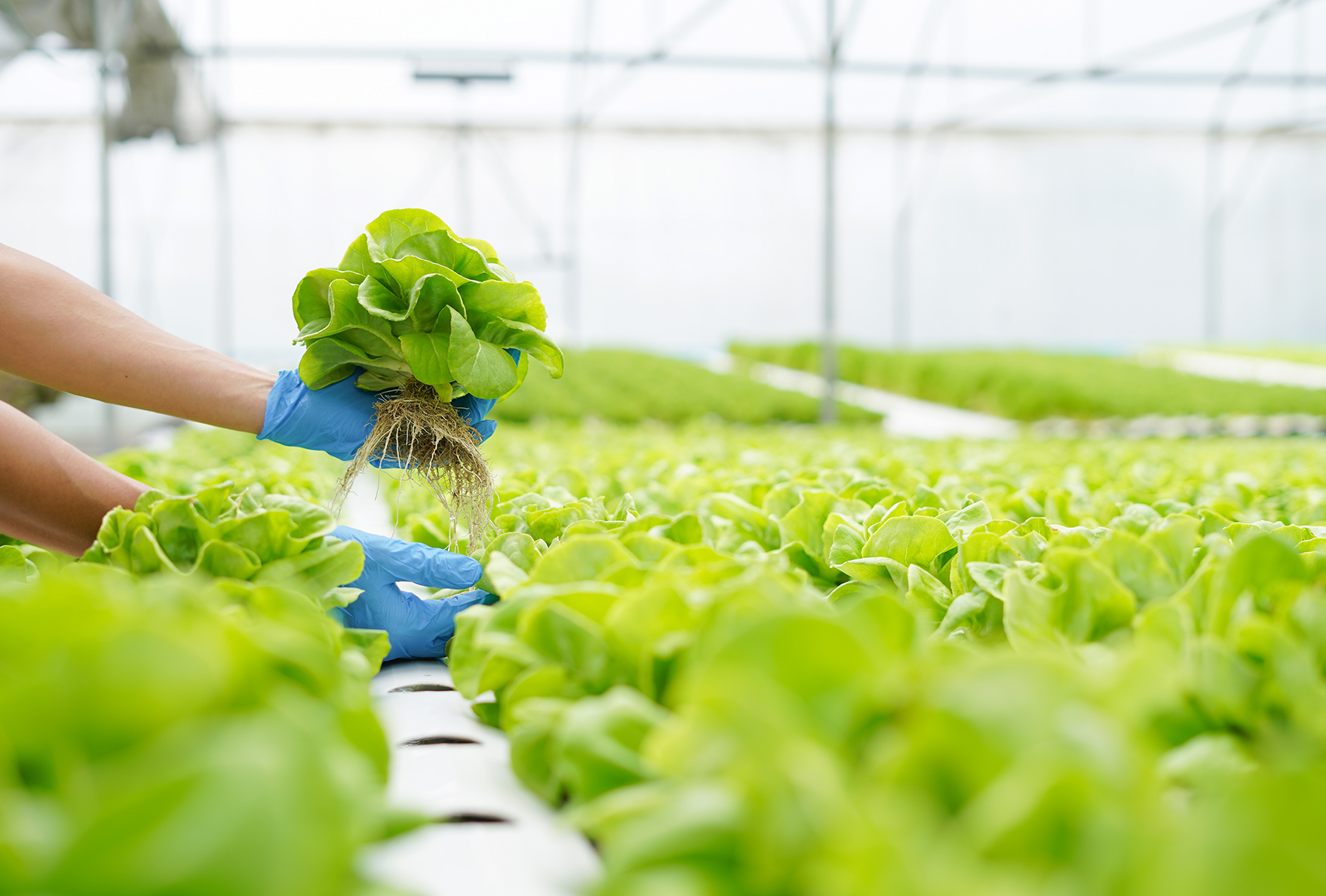Hydroponic farming offers a practical and innovative way to cultivate fresh produce right at home, regardless of the season. This method of soil-free gardening allows you to grow a wide range of plants with precise control over their environment, ensuring optimal growth and yield. If you’re interested in starting your own DIY hydroponic farm, this guide will walk you through the essential steps to set up and maintain a hydroponic system at home.
1. Introduction to Hydroponic Farming
What is Hydroponics?
Hydroponics is a method of growing plants in a nutrient-rich water solution instead of soil. This technique allows for faster plant growth and higher yields by providing plants with direct access to essential nutrients and oxygen.
Benefits of Hydroponic Farming
- Year-Round Growth: Grow fresh produce throughout the year, independent of outdoor weather conditions.
- Space Efficiency: Ideal for small spaces, such as apartments or urban homes.
- Reduced Water Usage: Hydroponics uses less water compared to traditional soil-based farming.
2. Selecting the Right Hydroponic System
Popular Hydroponic Systems for Home Use
- Deep Water Culture (DWC): Plants are suspended in a nutrient-rich solution with air stones providing oxygen.
- Nutrient Film Technique (NFT): A thin film of nutrient solution flows over plant roots in a sloped channel.
- Ebb and Flow (Flood and Drain): Periodically floods the grow tray with nutrient solution and then drains it back to the reservoir.
- Wick System: Uses wicks to draw nutrient solution from a reservoir to the plant roots.
- Drip System: Delivers nutrient solution directly to the plant roots through a network of tubes and drippers.
Factors to Consider
- Available Space: Choose a system that fits your available space, whether it’s a small countertop or a larger area.
- Budget: Consider the initial setup costs and ongoing maintenance expenses.
- Experience Level: Select a system that matches your gardening experience and comfort level with technology.
3. Gathering Materials and Equipment
Essential Supplies
- Hydroponic System: Based on the chosen method (DWC, NFT, etc.).
- Nutrient Solution: Hydroponic nutrient solutions provide essential elements for plant growth.
- Growing Medium: Options include rock wool, perlite, vermiculite, or hydroton.
- pH and EC Meters: Tools for monitoring and adjusting the pH and nutrient concentration of the solution.
- Air Pump and Air Stones: For systems like DWC that require oxygenation.
- Grow Lights: If growing indoors, choose grow lights appropriate for your plants’ needs (e.g., LED or fluorescent).
4. Setting Up Your Hydroponic System
Step-by-Step Installation
- Assemble the System: Follow the instructions for setting up your hydroponic system. Ensure all components are correctly installed and functioning.
- Prepare the Growing Medium: Rinse and set up the growing medium according to your system’s requirements.
- Mix Nutrient Solution: Prepare the nutrient solution as per the manufacturer’s instructions, adjusting pH and nutrient levels as needed.
- Install Grow Lights: Set up grow lights at the appropriate distance from the plants to provide optimal lighting.
- Test the System: Ensure that the water and nutrients are circulating correctly and that all components are operating as expected.
5. Planting Your Seeds or Seedlings
Starting Seeds
- Germinate Seeds: Start seeds in a separate container or directly in the hydroponic system, depending on the method and crop type.
- Transplant Seedlings: Once seedlings have a few sets of leaves, transfer them into the hydroponic system.
Selecting Plants
- Leafy Greens and Herbs: Ideal for beginners due to their straightforward growth requirements and fast harvest times.
- Fruit and Vegetables: More advanced systems may be needed for larger crops like tomatoes or peppers.
6. Maintaining Your Hydroponic System
Daily and Weekly Care
- Monitor pH and Nutrient Levels: Regularly check and adjust the pH and nutrient concentration of the solution to ensure optimal plant health.
- Inspect Plants: Look for signs of pests, diseases, or nutrient deficiencies and address issues promptly.
- Clean the System: Regularly clean and sanitize the system to prevent algae growth and nutrient buildup.
Adjustments
- Nutrient Solution: Refresh and replace the nutrient solution every few weeks to maintain nutrient balance.
- Light Adjustments: Adjust grow lights based on plant growth stages and light requirements.
7. Harvesting and Enjoying Your Produce
Harvesting
- Timing: Harvest your crops when they reach their optimal size and maturity. Leafy greens and herbs can be harvested regularly for continuous growth.
- Techniques: Use clean, sharp tools to harvest plants, minimizing damage to the remaining plants and system.
Post-Harvest Care
- System Cleaning: Clean and prepare the system for the next crop cycle after harvesting.
- Replanting: Plan your next set of plants, adjusting the system if needed to accommodate different crops or growing conditions.
Conclusion
DIY hydroponic farming at home offers an exciting and efficient way to grow fresh produce year-round. By understanding the basics, selecting the right system, gathering necessary materials, and following proper setup and maintenance procedures, you can create a productive hydroponic garden that fits your space and lifestyle. With careful monitoring and care, you’ll enjoy a continuous supply of home-grown produce and the satisfaction of mastering a modern and sustainable gardening technique.

